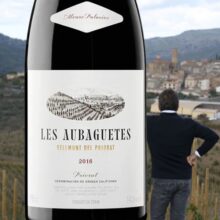
Product information
Àlvaro Palacios ‘Les Aubaguetes’ 2016
Original price was: $920.$840Current price is: $840.
Description
The second vintage of the newer wine in the portfolio, the 2016 Les Aubaguetes was also completing its élevage in oak foudre when I tasted it. The blend is slightly different from the 2015 and is composed of 78% Garnacha, 21% Cariñena and 1% Garnacha Blanca and Macabeo. This is juicier and rounder than the Dofi. It feels a lot better than the 2015, combining the Mediterranean character of Bellmunt with the coolness of the shadowed vineyard that, together with the acidity of the year, makes it stand out and feel like a big step over the initial year. The estimation is they could produce around 1,500 bottles.
Luis Gutiérrez, The Wine Advocate – 95-96 Points
2015 was a high-yielding vintage in Spain in general and in Priorat in particular. The wines here have little color and feel very ethereal. 2016 is clearly more concentrated, and at the same time, the wines show vibrant acidity and more freshness.
In stock
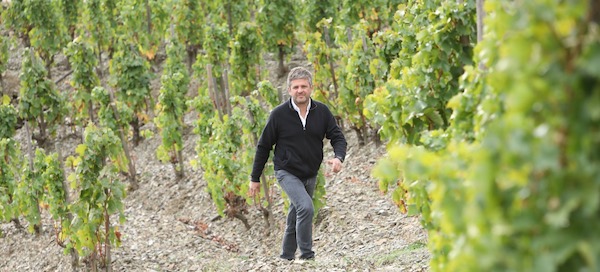
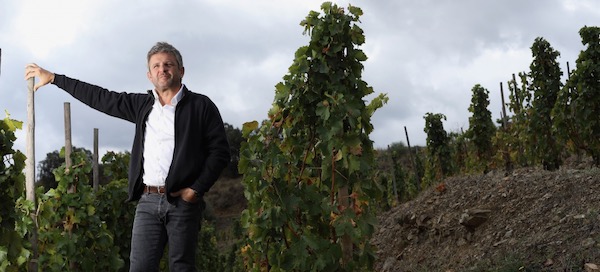
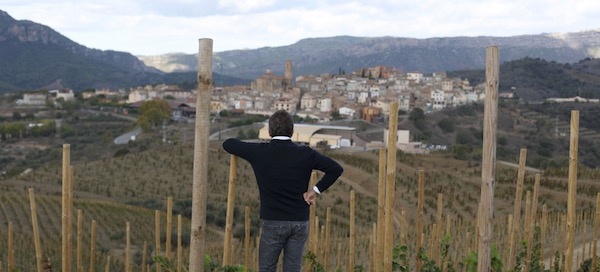
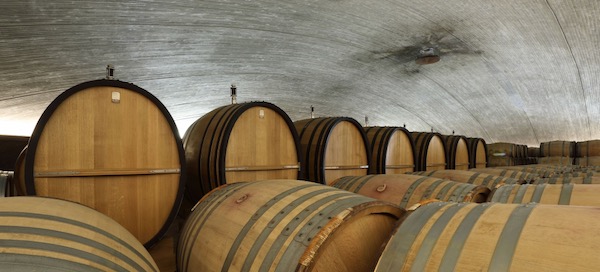
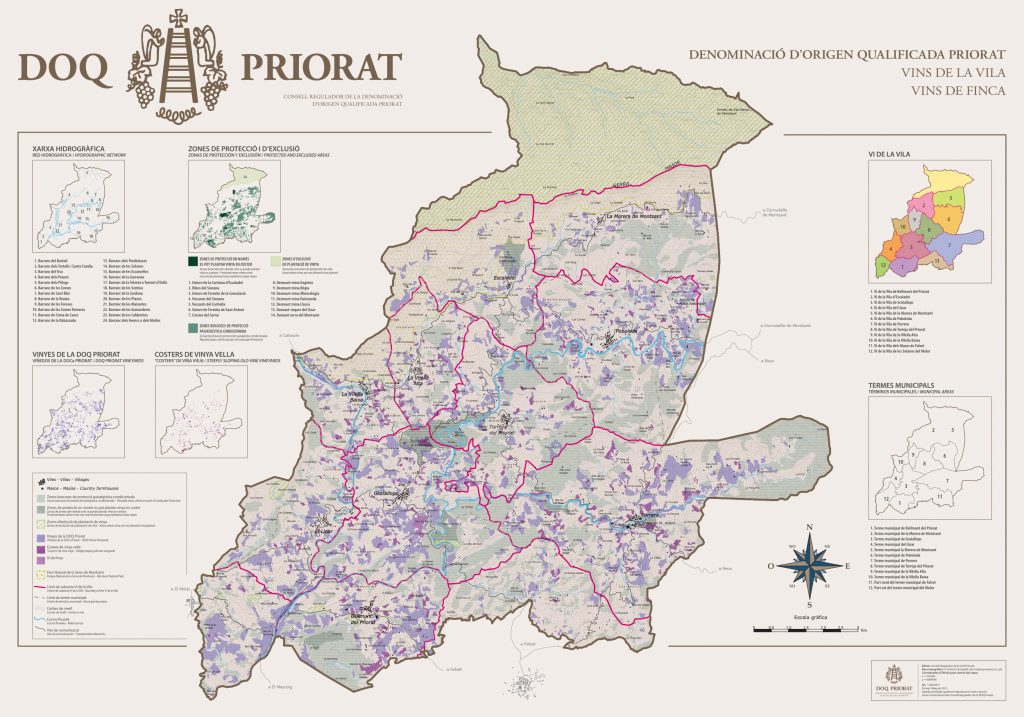

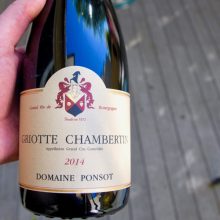

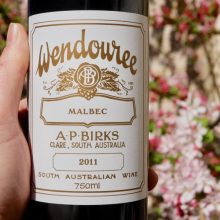

You must be logged in to post a comment.